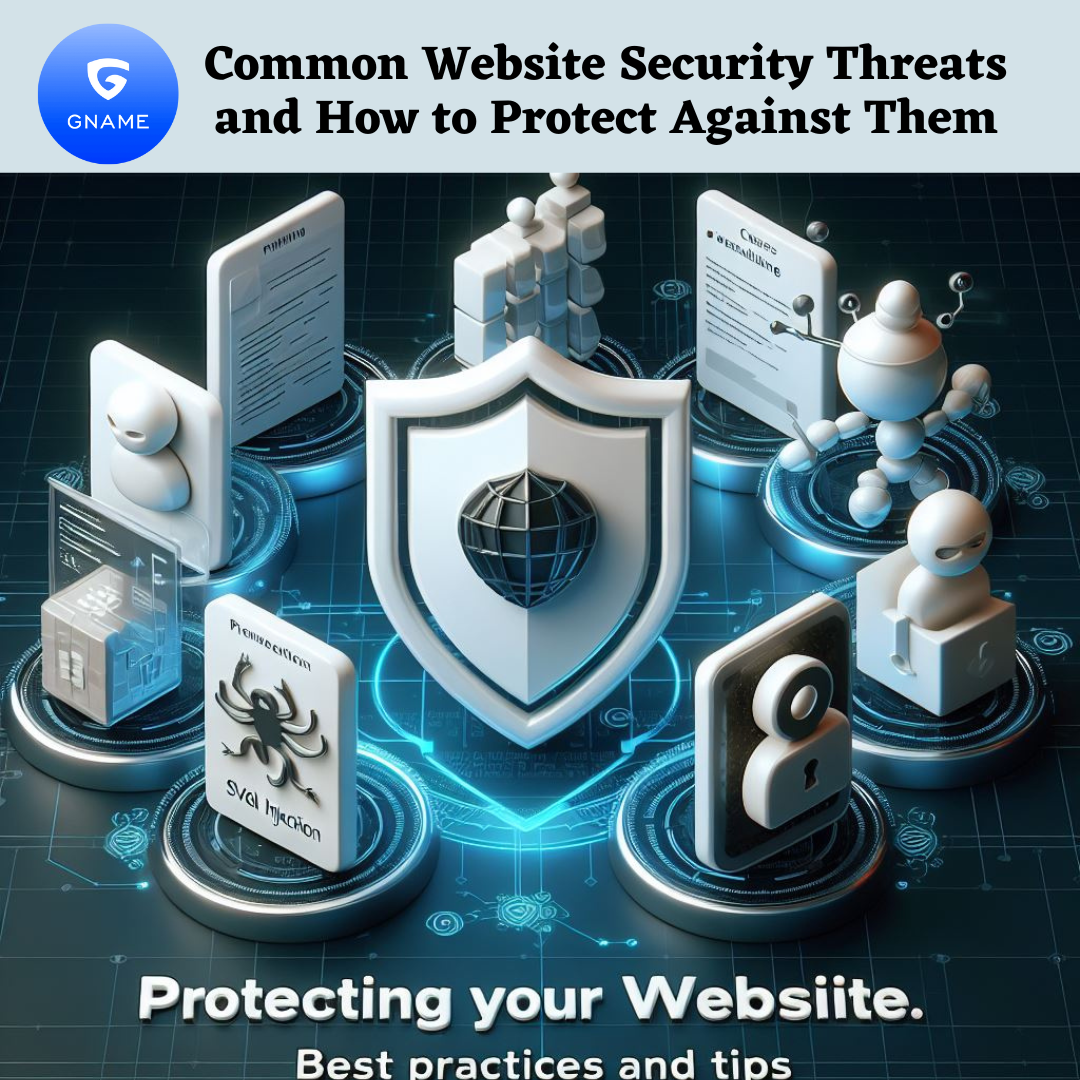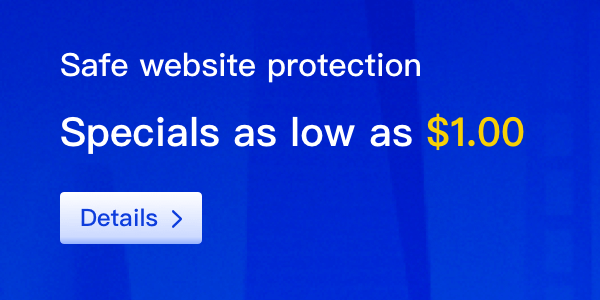In today's digital age, website security is more important than ever. With so much sensitive information being shared and stored online, it's imperative that websites are protected against common security threats. Here are some of the most common website security threats and how to protect against them.

1. Malware
Malware is a type of software that is designed to harm a computer system. It can be used to steal sensitive information, damage files, and even take control of a computer. To protect against malware, it's important to have up-to-date antivirus software installed on your website's server. Additionally, it's important to regularly scan your website for any suspicious files or code.
2. Phishing
Phishing is a type of cyberattack where an attacker poses as a legitimate entity to trick users into sharing sensitive information. This can include usernames, passwords, and credit card information. To protect against phishing attacks, it's important to educate users on how to identify and avoid phishing attempts. Additionally, websites can implement multi-factor authentication to add an extra layer of security.
3. Cross-Site Scripting (XSS)
Cross-site scripting (XSS) is a type of cyberattack where an attacker injects malicious code into a website to steal sensitive information or take control of a user's computer. To protect against XSS attacks, it's important to use input validation to prevent users from entering malicious code into a website's forms or search bars.
4. SQL Injection
SQL injection is a type of cyberattack where an attacker injects malicious code into a website's database to steal sensitive information or take control of a database. To protect against SQL injection attacks, it's important to use parameterized queries when interacting with a website's database.
5. DDoS Attacks
A Distributed Denial of Service (DDoS) attack is a type of cyberattack where an attacker floods a website with traffic in an attempt to overwhelm the website's server and take it offline. To protect against DDoS attacks, it's important to use a web application firewall (WAF) to filter out malicious traffic.
Overall, it's important to stay vigilant when it comes to website security. By understanding common security threats and taking proactive measures to protect against them, you can help ensure the safety and security of your website and its users.






















